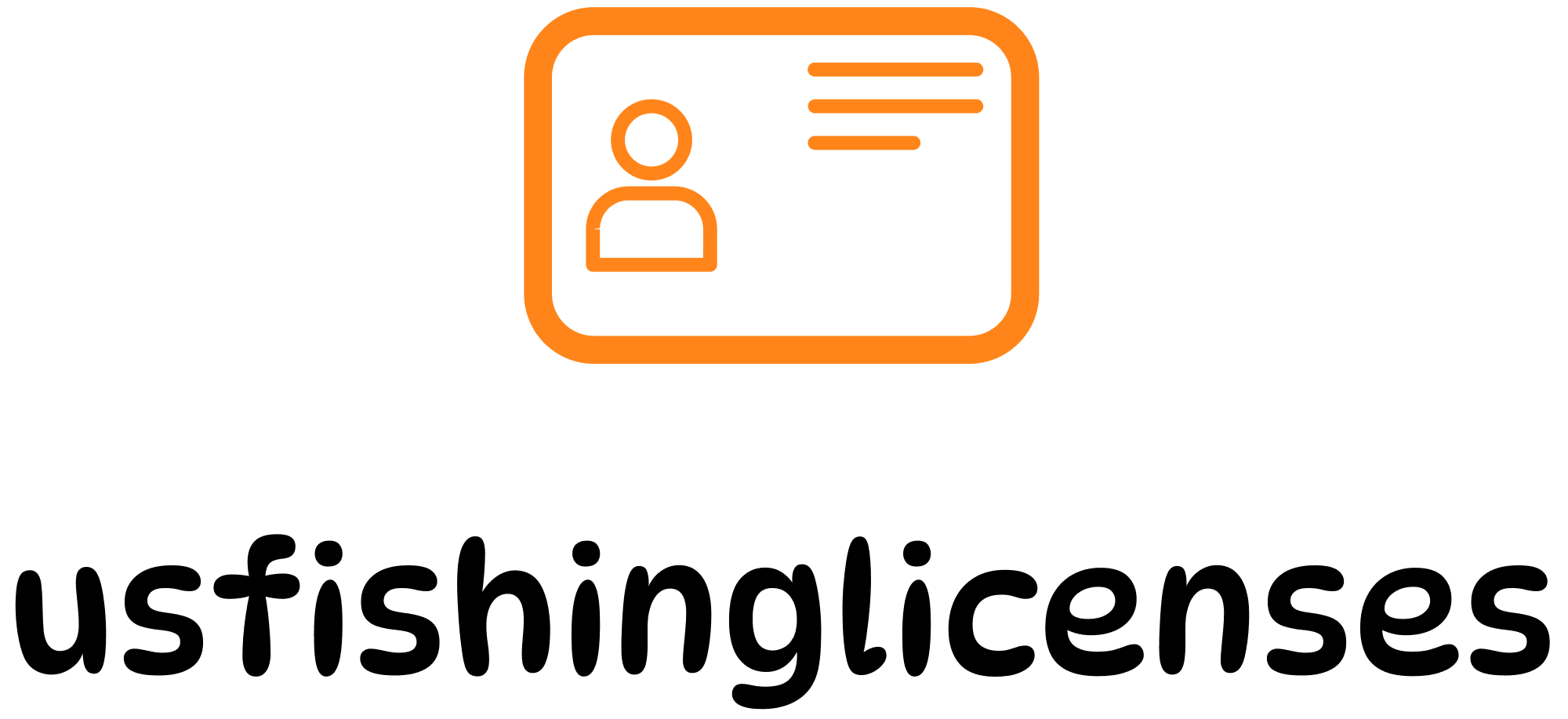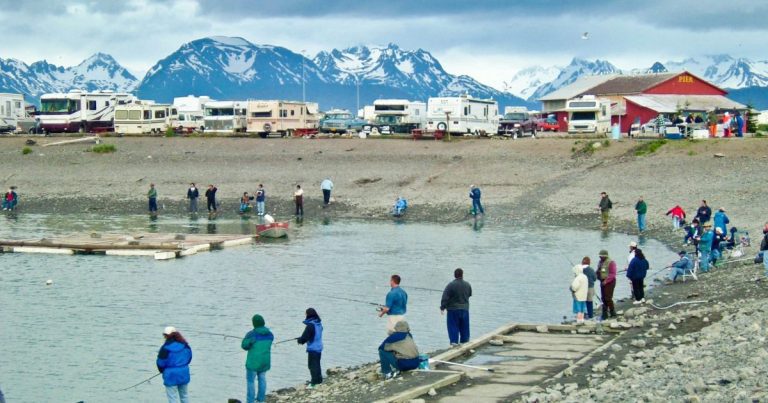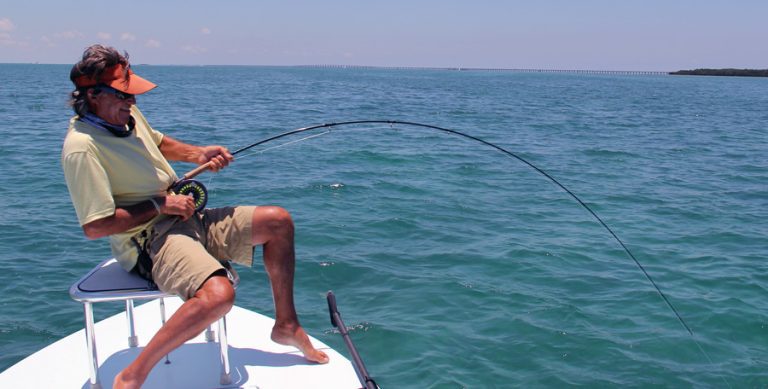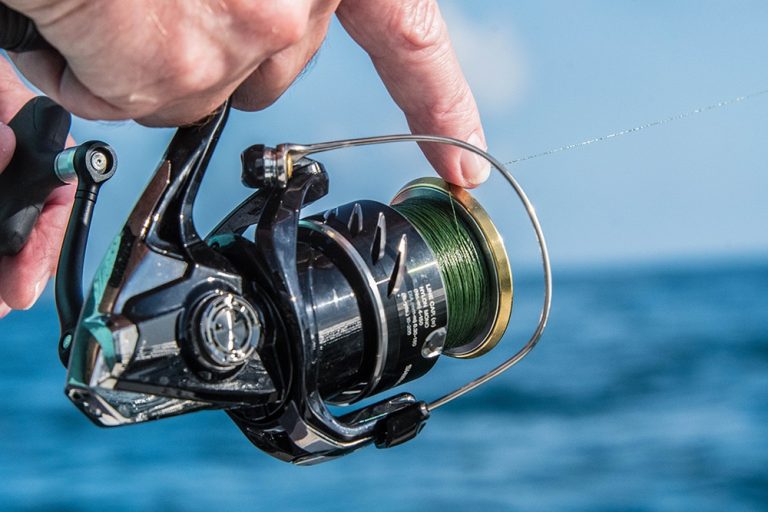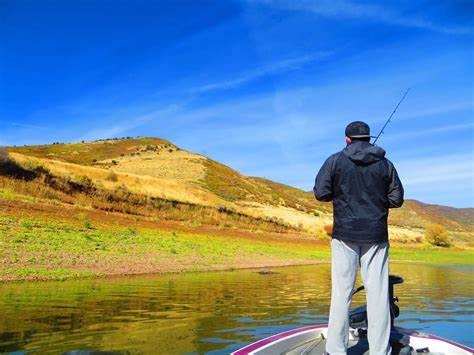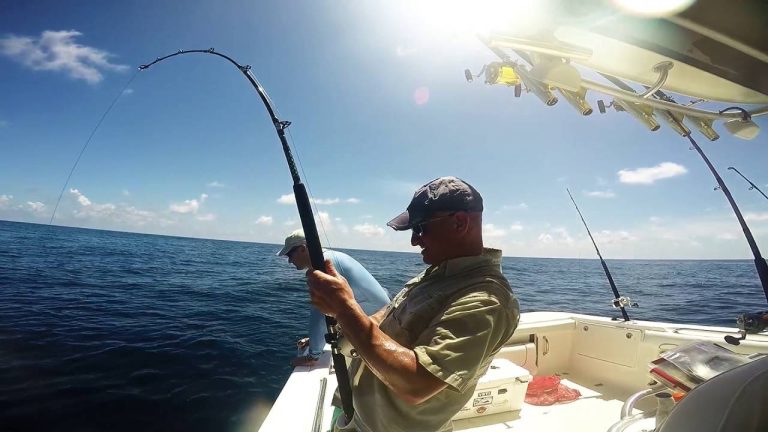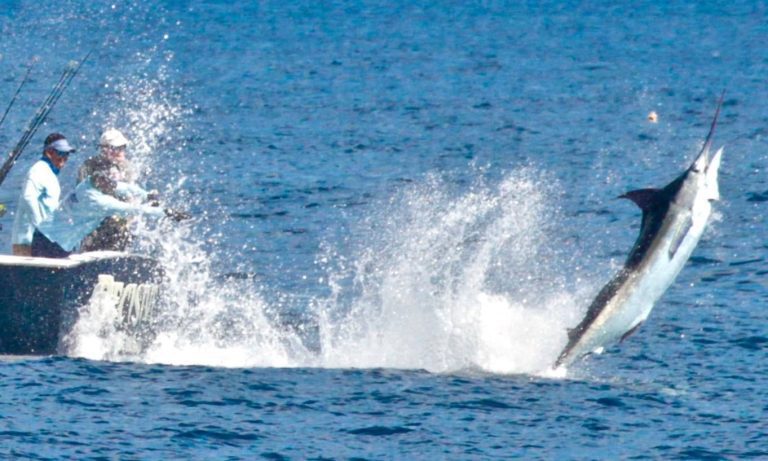When anglers purchase fishing licenses in Alabama, they’re doing more than gaining legal permission to fish—they’re directly funding critical conservation efforts that protect and enhance the state’s aquatic ecosystems. This “user-pays” conservation model ensures that fishing license revenue is channeled into habitat restoration, species recovery, and fisheries management programs that benefit both game and non-game species throughout Alabama’s diverse waterways.
How License Fees Become Conservation Dollars
Alabama’s Department of Conservation and Natural Resources (ADCNR) operates independently from the state’s General Fund, relying primarily on license sales and federal matching grants to fund its extensive conservation work. This financial structure creates a direct link between recreational fishing and environmental protection.
“Our department doesn’t receive money from the state’s General Fund,” explains Conservation Commissioner Chris Blankenship. “Our work on behalf of the hunters and fishermen is solely funded by license dollars and federal matching funds.”
The Federal Matching Multiplier
When you purchase an Alabama fishing license, your contribution is significantly amplified through federal matching programs. In 2018, Alabama received over $25.5 million in conservation funding, including:
- $6,151,179 in Sport Fish Restoration funds
- $19,360,421 in Wildlife Restoration funds
These federal allocations, distributed by the U.S. Fish and Wildlife Service, are derived from excise taxes paid by the hunting, shooting, boating, and angling industries on fishing tackle, boat engines, and small engine fuel. Crucially, the formula used to distribute these funds is directly tied to fishing license sales—the more licenses Alabama sells, the more federal conservation dollars the state receives.
Alabama Fishing License Structure
Alabama offers various fishing license options for both residents and non-residents, with all proceeds supporting conservation initiatives.
Freshwater and Saltwater License Fees
| License Type | Duration | Resident Cost | Nonresident Cost |
|---|---|---|---|
| Freshwater | Annual | $16.15 | $62.60 |
| Saltwater | Annual | $28.50 | $61.35 |
| Freshwater | 7 Days | N/A | $35.00 |
| Saltwater | 7 Days | $11.80 | $33.75 |
| Public Fishing Lakes | 1 Day | $7.30 | $8.55 |
| Reef Fish Endorsement | Annual | $10.00 | $10.00 |
Source: Alabama Department of Conservation and Natural Resources, 2025
Special discounted licenses are available for disabled individuals, veterans, and seniors. For example, totally disabled residents can purchase annual freshwater or saltwater fishing licenses for just $3.40.
For complete license information and to purchase online, visit US Fishing Licenses – Alabama.
Conservation Programs Your License Fees Support
Alabama Aquatic Biodiversity Center (AABC)
License revenue helps fund the Alabama Aquatic Biodiversity Center, the largest state non-game recovery program in the United States. Based in Marion, the AABC focuses on:
- Conservation and restoration of rare freshwater species
- Recovery of endangered aquatic mollusks
- Water quality improvement through species restoration
- Ecological research and monitoring
The center’s initial focus has been on restoring various aquatic mollusk populations in the Mobile River Basin that have declined due to environmental challenges.
Artificial Reef System
Alabama boasts the largest artificial reef program in the United States, covering approximately 1,200 square miles of offshore waters. This program results from a cooperative agreement between the U.S. Army Corps of Engineers and ADCNR’s Marine Resources Division. Started in 1953, the program continues to expand, reinforcing the Gulf’s natural aquatic diversity and providing essential fish habitat.
State Wildlife Action Plan (SWAP)
Alabama’s SWAP guides the state’s conservation efforts and helps secure federal funding for protecting species at risk. The plan:
- Identifies species of greatest conservation need
- Outlines habitat protection strategies
- Establishes conservation priorities
- Enables Alabama to qualify for additional federal conservation grants
Habitat Enhancement and Public Access
License fees directly support:
- Construction and maintenance of boat ramps and fishing piers
- Development of public fishing lakes
- Fish stocking programs
- Water quality improvement initiatives
- Educational programs about responsible angling
Success Stories: Conservation in Action
Species Recovery Efforts
The funding generated through fishing licenses has supported numerous species recovery initiatives, including:
- Reintroduction of the Eastern Indigo snake
- Protection of gopher tortoise habitats
- Recovery of the Tennessee Bottlebrush Crayfish
- Restoration of multiple endangered freshwater mussel species
Water Quality Improvements
License revenues help implement clean water projects that benefit both fish habitat and anglers’ experiences. These initiatives include:
- Stream restoration projects
- Shoreline stabilization
- Pollution reduction programs
- Sewage treatment improvements
- Erosion control measures
How to Maximize Your Conservation Impact
Strategic License Purchasing
To maximize your contribution to Alabama’s conservation efforts:
- Purchase your license annually, even if you fish infrequently
- Add the Reef Fish Endorsement when applicable
- Consider a lifetime license for long-term conservation support
- Encourage others to obtain proper licenses
Beyond the License
Anglers can further support conservation by:
- Participating in volunteer habitat restoration events
- Reporting illegal fishing activities
- Practicing catch and release
- Following fishing regulations
- Properly disposing of fishing line and other waste
Challenges to Sustainable Funding
Despite the success of the user-pays model, Alabama faces challenges in maintaining adequate conservation funding. Like many states, Alabama is experiencing a 2-3% annual decline in fishing license sales, mirroring national trends.
This decline threatens the sustainable funding of conservation programs that rely on license revenue and could potentially reduce federal matching dollars available to the state.
The Future of Fisheries Conservation in Alabama
To address funding challenges and continue vital conservation work, Alabama is implementing several forward-looking strategies:
- Developing R3 (Recruitment, Retention, Reactivation) programs for anglers
- Expanding education about the license-conservation connection
- Exploring innovative funding mechanisms
- Enhancing fishing access and opportunities
Conclusion
Alabama’s fishing license system represents a critical link between recreational enjoyment and responsible resource management. Every license purchased directly contributes to the health of Alabama’s aquatic ecosystems, supporting everything from habitat restoration to species recovery.
By understanding this connection and purchasing the appropriate licenses, anglers become not just sportsmen and women, but active conservationists ensuring Alabama’s fisheries remain vibrant for generations to come. Your license purchase isn’t just permission to fish—it’s an investment in Alabama’s natural heritage.
For more information on Alabama fishing licenses or to purchase yours online, visit US Fishing Licenses – Alabama or the Alabama Department of Conservation and Natural Resources.
